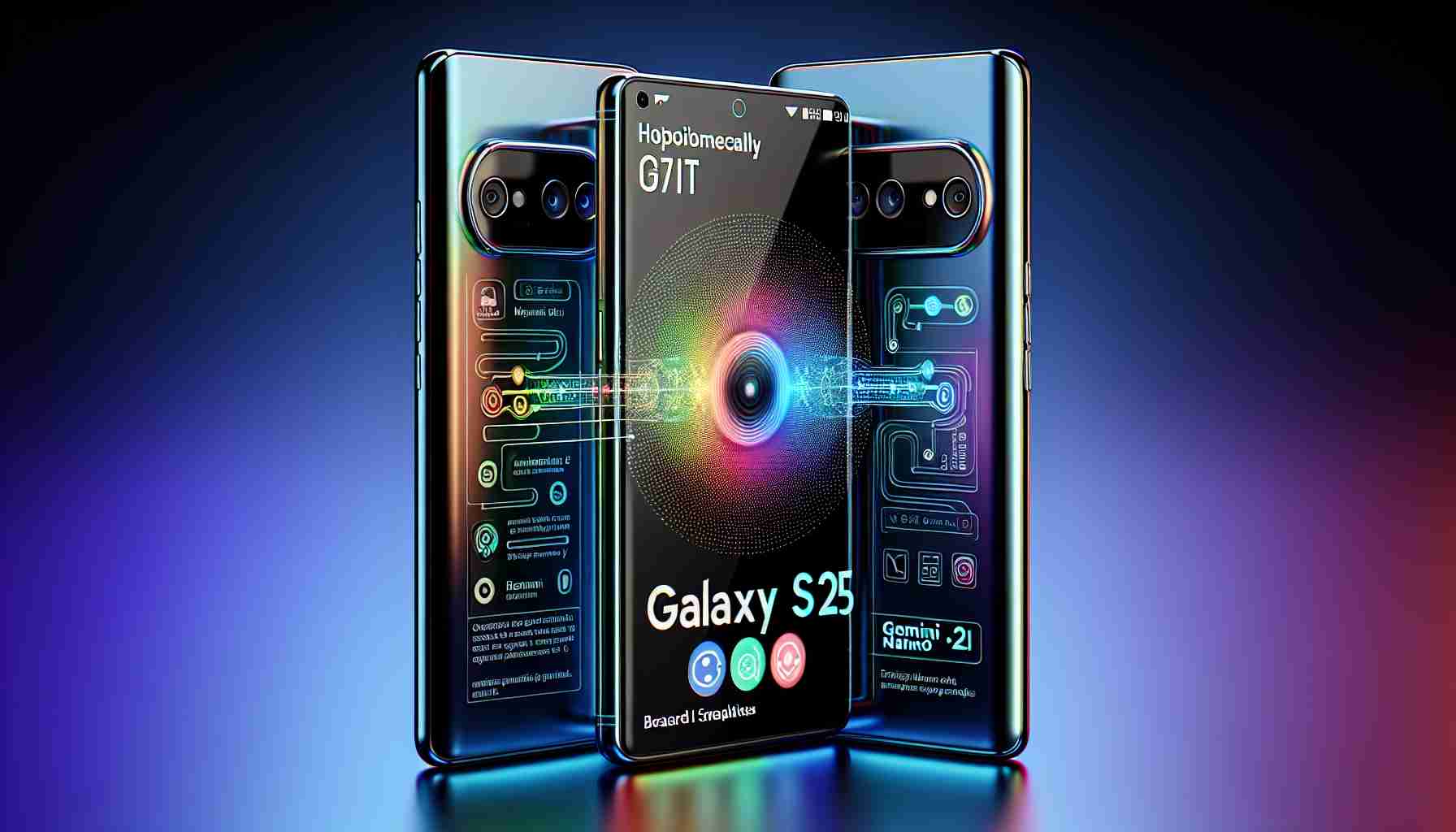Samsung’s Galaxy smartphone series is poised for an innovative upgrade with potential integration of Google’s forthcoming AI model. The Gemini Nano 2, expected to launch with the Galaxy S25 in early 2025, represents a stride towards more sophisticated on-device AI capabilities.
A significant leap from its predecessor used in the Galaxy S24, the upcoming iteration of Google’s AI, though still shrouded in secrecy, promises advancements in voice recognition and image processing. Insights into these advancements stem from a report by Daum Herald Economy, referencing a forum where Executive Director Cho Cheol-min of Samsung Electronics’ System LSI division hinted at future plans.
The anticipated 2025 flagships from Samsung will likely benefit from the companies’ collaboration and the enhanced AI features of Gemini Nano 2. However, an intriguing consideration is the possibility of a subscription-based model for these advanced AI services, as previously suggested by a figurehead of Samsung’s Mobile Experience sector.
The full extent of Gemini Nano 2’s impact on device functionality and user experience remains to be unveiled. As both Samsung enthusiasts and the broader tech community await the launch, the speculation surrounding the Samsung-Google partnership offers a glimpse into a future where smartphones become even more intuitive and intelligent. With official details yet to be confirmed, the industry watches on with anticipation for the next evolution in on-device AI.
Important Questions and Answers:
– What is Gemini Nano 2?
Gemini Nano 2 is an AI model that Samsung is expected to use in their upcoming Galaxy S25 smartphone, promising advancements in voice recognition, image processing, and possibly other smart features.
– Why is on-device AI important?
On-device AI processing is critical for privacy, as sensitive data does not need to be sent to the cloud. It also enables faster and more efficient processing, as there’s no delay that comes with data transmission over a network.
– How might a subscription model affect consumers?
If Samsung were to implement a subscription model for advanced AI features, this could lead to additional costs for consumers who want to fully utilize their smartphones’ capabilities.
Key Challenges or Controversies:
– Privacy: Larger AI models like Gemini Nano 2 could potentially access more personal data, raising privacy concerns. Ensuring data is processed securely on-device is essential.
– Subscription Model: Consumers might be wary of subscription models for features on devices they already own. Balancing added value against potential consumer pushback could be a challenge.
– Efficiency: Enhancing on-device AI capabilities requires powerful hardware that could increase the overall cost of the device or affect battery life.
Advantages:
1. Enhanced User Experience: On-device AI can improve user experience by providing faster, contextually aware operations.
2. Privacy and Security: Processing data on the device itself can increase user privacy and security, as data is less likely to be intercepted or compromised.
3. Continuous Improvement: Devices can potentially improve over time through AI learning processes, making them more personalized to the user.
Disadvantages:
1. Increased Cost: Enhanced AI capabilities might lead to higher phone prices.
2. Battery Life Impact: More powerful AI processing can drain battery life more quickly.
3. Ethical Considerations: There could be ethical dilemmas related to the sophistication of AI in consumer devices, including the potential for over-reliance on technology.
Related Link:
– For more information on Samsung’s products and announcements, you can visit the Samsung Electronics Official Website.
– For general AI advancements and technology news, referring to the Google Search could be useful for the latest updates and developments.
While these URLs do not link to specific subpages regarding the Galaxy S25 or Gemini Nano 2, they are reliable sources for future updates and press releases from Samsung and Google.
The source of the article is from the blog bitperfect.pe
